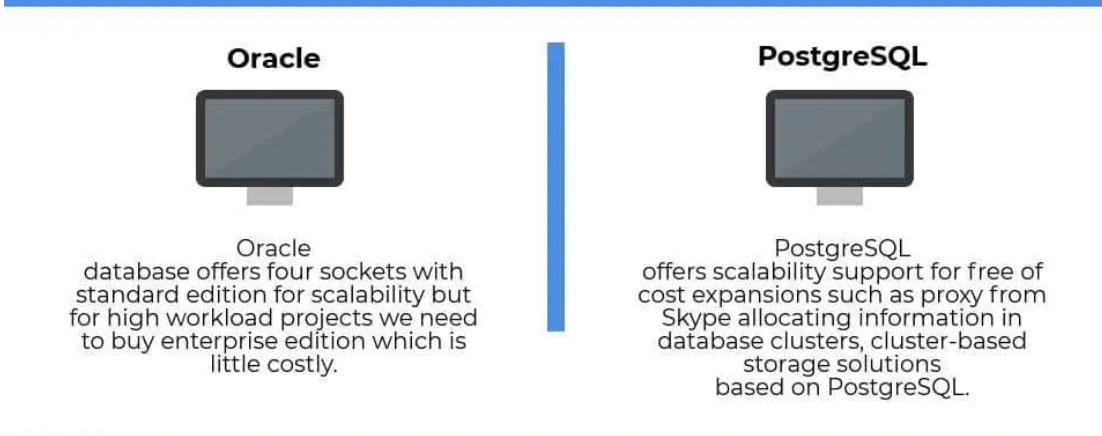

PgBadger is like pt-query-digest, but it will analyze PostgreSQL logs & slowest queries. Here's pt-query-digest for MySQL, a tool for analyzing your logs & running queries to find the slowest queries so you can optimize them.Īs you can see in this screen, it's also a command-line tool: There are also log-parsing tools to help you find slow queries. This is a Perl script that will analyze your configuration file & database statistics to produce configuration recommendations. PgHero is "a performance dashboard for Postgres".įor MySQL, and MariaDB, you can use MySQL Tuner. Now we move onto more specialized tools like pghero (PostgreSQL). Official graphical tools are also available. They both have a command history available, so you can re-run previously executed queries & commands.Īnd they have a set of bult-in commands that can facilitate interacting with the database.įor example, psql has the \d command to list all your databases, and mysql has the status command to get information like the server version & uptime. These are great for basic administration tasks.īecause they come built-in with their respective servers so they are always available.

Starting with the command-line applications:
#ORACLE VS POSTGRES VS MYSQL SOFTWARE#
Administration & Monitoring Toolsīecause databases are critical software components there are dozens of tools available for administration, monitoring & troubleshooting. This can be changed with SQL modes in MySQL. Returns NULL in MySQL, while PostgreSQL & MariaDB (since version 10.2.4) return a division by zero error. Looking at this table we can conclude that PostgreSQL has the most features implemented.īesides these features, you can find some behavior differences. Here's a feature comparison table: Feature These 3 databases support all the basic SQL operations you would expect.īut when it comes to more advanced features there is a lot of variability between them.įor example, PostgreSQL supports materialized views, while MySQL doesn't. Knowing that, we can conclude that both PostgreSQL & MariaDB are faster than MySQL in this particular scenario, with PostgreSQL coming on top of the raw performance game. This particular benchmark tries to reproduce the workload of any industry that must manage, sell or distribute a product or service. Like any benchmark the results depend on the specific scenario the tests are run in. As such NOPM (New Orders Per Minute) is a performance metric independent of any particular database implementation and is the recommended primary metric to use." The NOPM value is based on a metric captured from within the test schema itself. "TPM values cannot be compared between different database types. The meaning of these two values (TMP & NOPM) is described like this: We ran the tests for 5 minutes for each database. The database is comprised of nine types of tables with a wide range of record and population sizes." "TPC-C involves a mix of five concurrent transactions of different types and complexity. This tool implements a standardized performance test called TPC-C. Performanceīy running some benchmarks you can get a rough idea of how these databases compare to each other in terms of performance.įor this article, we going to use the HammerDB benchmarking tool. Let's look at this from different angles. But that's not enough to make a decision.

PostgreSQL & MariaDB have been gaining ground recently, while MySQL is slowly declining. Here's a graph representing the popularity of these 3 databases: The less popular MariaDB is a MySQL fork that happened after the acquisition of Sun Microsystems by Oracle on January 27, 2010. PostgreSQL & MySQL are the two most popular open-source databases today.


 0 kommentar(er)
0 kommentar(er)
